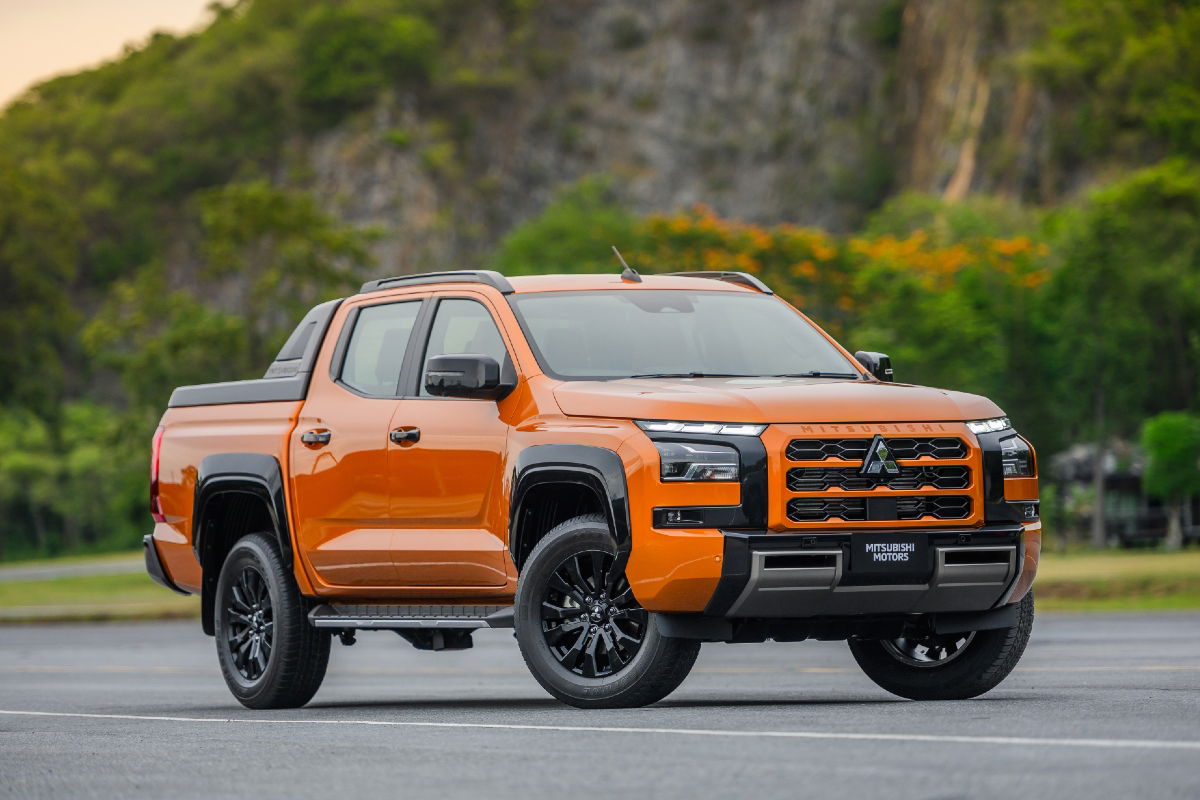In following the likes of the Volkswagen Amarok by moving away from its own platform for the new Navara, Nissan was always going to face the question: so what is different about this new ute from the Mitsubishi Triton?
On face value, it appears very little, with a new face and rear incorporating the same sheet metal as the Triton, while Nissan made it clear the new Navara is on an “Alliance platform”, referring to the Renault-Nissan-Mitsubishi Alliance, of which the French brand hasn’t elected to utilise the ute underpinnings.
Inside it’s a very familiar state of affairs, with the only difference between the Navara and Triton being the badge on the steering wheel and some nameplate stitching on the seats.
It’s the same story too under the bonnet, where the bi-turbo 2.4-litre four-cylinder diesel engine makes the same power and torque in both utes, and is mated to the same six-speed automatic transmission and four-wheel drive systems.
However, in enlisting the help of local experts Premcar – the makers of the Navara and Patrol Warriors – Nissan was able to give itself a true point of difference compared to the Triton: locally tuned suspension.
Specifically, the Navara rides on a bespoke set of Australian-made dampers – or three to be exact, selected for different wheel and tyre combinations – which were born out of 12 months of testing, culminating in more than 18,500km of driving, 137 specific damper codes and over 550 internal shims being evaluated.
When asked if any other components of the suspension system were changed, Premcar CEO Bernie Quinn said the dampers were all which his team believed needed fixing.
“You’re getting a Navara. It has a very unique character that’s been evolved, from my point of view, since my company’s involvement with the Navara started with N-Trek Warrior in 2019,” Quinn said.

“We’ve really evolved from that basis, I think we really hit the nail on the head to understand what the Australian customer does with their pickup (ute).
“Critical to achieving that Navara DNA was changing the dampers. It was not necessary to change other things like springs, bump stops and other suspension geometry. The architecture is actually really, really good: long travel front suspension, a really nice setup in the rear as well in terms of the roll centres.
“It didn’t necessitate, thank god, large changes to the architecture because it’s quite good, but we saw a lot of benefit from changing dampers; going to a much larger damper, an internal rebound spring on the front damper, it’s brought that Nissan Navara DNA, and maybe a bit of Warrior DNA into it.”

The new D27 Navara is the first since the D40 to use a leaf-spring rear setup, having moved to rear coils for the D23.
While now featuring on more utes such as the BYD Shark 6 and MG U9, the rear coil suspension in the Navara was criticised early on, and it took multiple attempts and years to get it right.
Our review of the new Nissan Navara will be published on November 26.















Discussion about this post